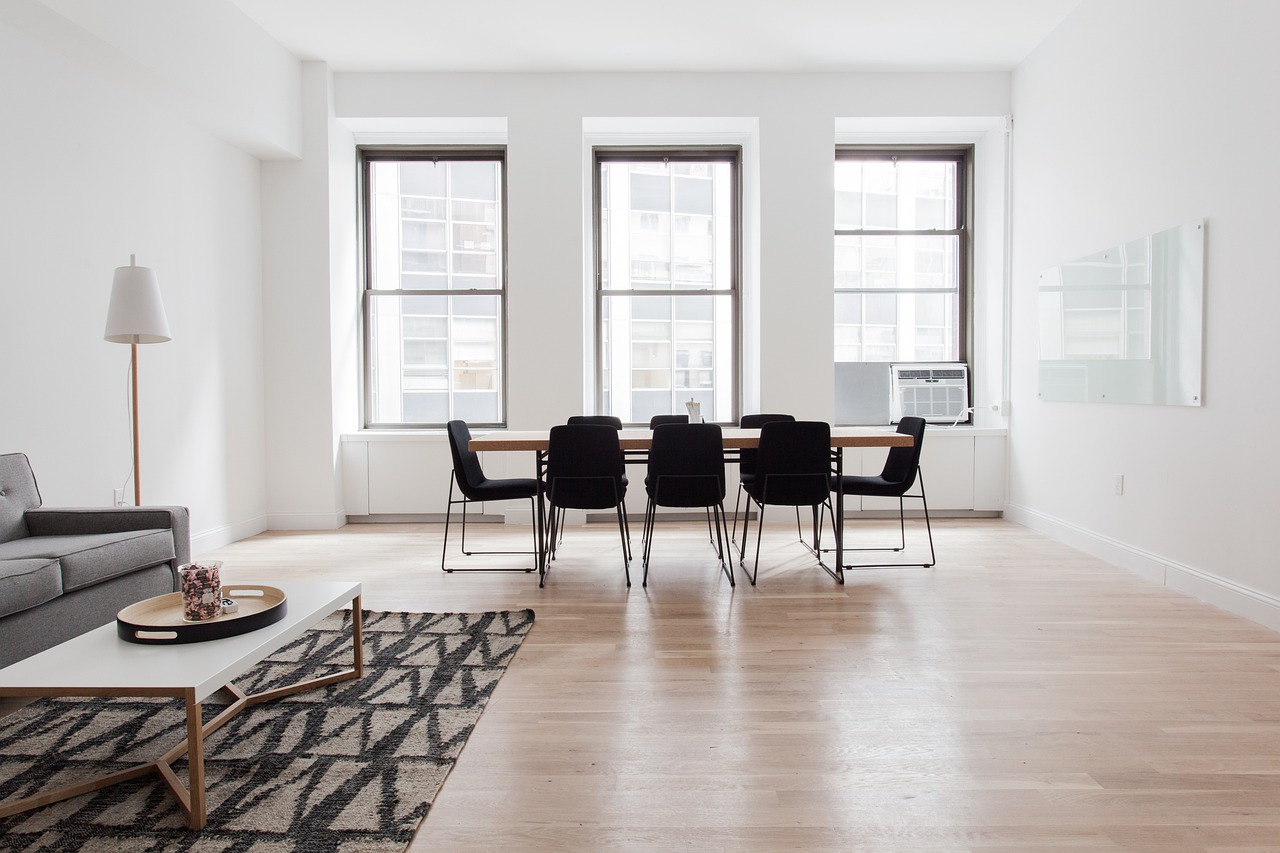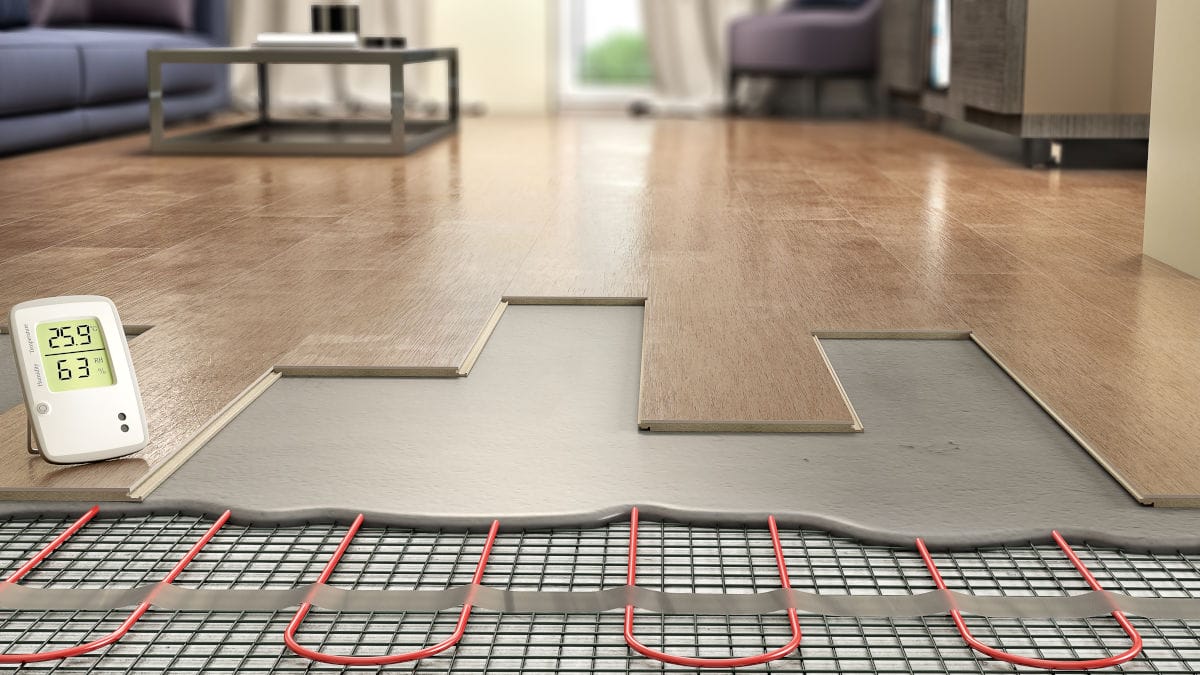Are heated floors worth the investment in a new custom home?
Heated floors are the next big thing in custom home construction, but are they worth it? They can make your home more energy efficient and comfortable, but there are some drawbacks as well.
If you are building a custom home and can afford it, heated floors are a very nice bonus to enjoy.
Heated floors are a luxury item, so you may want to keep them as an option for your new or existing home. It is a luxury and an investment, so it’s important to consider all the options before you install them. They can also be installed in existing homes without much extra work on their part. In addition, heated flooring is great because it increases comfort and decreases energy consumption by up to 90 percent over regular hardwood floors (depending on the type of material used). The result? A more comfortable environment that saves money on heating bills!
They can add resale value to your home, but they also help keep you comfortable in the winter. Energy-efficient and good for the environment, heated floors are convenient too! There are different types of heating systems that vary by how many rooms they heat up at once (a single room or multiple rooms), their size, location within the house, and whether or not there’s an access point (like a fireplace or wall heater).
But remember: Heated floors aren’t cheap! They may cost thousands of dollars (and sometimes even more) to install in an older structure or remodel. Also, remember that not all homes need heated floors; those living in temperate climates will probably find these extra touches unnecessary unless they want them badly enough to pay the price tag attached to installing them yourself (which isn’t always easy).
Heated floors offer several advantages over traditional forced-air heating.
 The most obvious benefit of heated floors is that they’re more efficient than forced-air heating. The cost of running a forced-air system is higher than for heated floors, but the efficiency of a forced-air system is dependent on the quality of its ductwork and insulation.
The most obvious benefit of heated floors is that they’re more efficient than forced-air heating. The cost of running a forced-air system is higher than for heated floors, but the efficiency of a forced-air system is dependent on the quality of its ductwork and insulation.
Heated floors have several other benefits as well: They reduce energy costs by reducing heat loss through walls, ceilings, and floors; they provide better acoustical performance (so no need for expensive soundproofing); they can help keep your home cooler in the summer months, and they reduce humidity levels—which means lower cooling bills during warm weather months!
Traditional forced-air systems distribute heat unevenly throughout the room, which results in hot spots and cold areas that aren’t as comfortable for you or your family members. With a heated floor system, however, all of the warm air is evenly distributed throughout the room without any hot spots or cold spots being present at all times (unless you want them!). This means less time spent running around every few minutes checking if things are too hot or not—and also means savings on energy costs!
Studies show that people who live in homes with heated floors tend to spend less time sweating through their clothes during summer months because they’re not exposed directly to direct sunlight anymore—which can lead to issues like dehydration caused by excessive sweating from lack of proper hydration intake prior eating meals outside during warm weather months being more common among those living off-grid communities where electricity may not always be available depending upon location along riversides etcetera.
Customizable comfort and convenient
With a heated floor, you can control the heat from your phone or tablet. This allows for customizable comfort that’s customized to your needs. You can set it up so that when anyone walks into the house, their feet are warm and cozy when they enter their room—or if they step into an open area in the main living space, they get a touch of extra warmth on their ankles. The options are endless; just make sure there is enough electricity available before getting started!
If one zone isn’t enough for you (and let’s face it—we all have people who come over often), create another zone with more settings: maybe one side of the house has high heating while another has low heat? It’s up to you how much control over comfort level gets put into place!
It’s easy to control. You can control the temperature in each room, area, and part of the floor. You can also set up zones for different times of the day or even different seasons. For example, if you want cold air circulating at night but warm during the day, you can set up a zone that turns on at dusk and off again by sunrise (or whatever works best for your lifestyle).
Installing heated floors in any home will be expensive, but their benefits may make them worth the cost.
The cost of heated floors will depend on the size of your home and how much you want to spend. If you have a large space with lots of windows, heating those rooms can be expensive. On the other hand, if you are building a small house or condo that lacks natural light and ventilation in its bathrooms or bedrooms then installing heated floors may not be worth it for them.
Floor heating is great when you have pets or kids at home.
A heated floor is great for keeping your pet or child safe. The floor will remain at a consistent temperature, which is important for pets that like to lie on the floor, or kids who want to play in their bedrooms.
The heated floors also protect your investment by keeping it clean and looking brand new longer than untreated hardwood floors would do.
If you can find a way to put them into your budget, heated floors make sense for those cool-weather climates.
 If you can find a way to put them into your budget, heated floors make sense for those cool-weather climates. But if you’re looking at them as an option in the middle of summer, it might be better to spend that money on something else (like windows or insulation).
If you can find a way to put them into your budget, heated floors make sense for those cool-weather climates. But if you’re looking at them as an option in the middle of summer, it might be better to spend that money on something else (like windows or insulation).
Heated floors are a luxury item—they don’t have any practical purpose other than providing warmth and comfort. Some people will say they can tell the difference between their old carpet and new heated flooring because their feet feel warmer when they walk across it, but others won’t notice any difference whatsoever. It’s also convenient; there is no need to turn on the thermostat each morning or night anymore!
Pros and cons of underfloor heating.
Underfloor heating is a great option for new homes. It’s more comfortable and energy efficient than forced-air systems, which are often more expensive to run. Plus, underfloor heating is easier to maintain—you don’t have to worry about air conditioning units or filters as much.
Underfloor heating is a great idea, but it can also be expensive. The good news is that you’ll want to pay less money in the long run if your home has underfloor heating. Here’s why:
You’ll save on installation costs by doing it yourself. If you hire someone else to install the system for you, then they will charge more than if they did it themselves (and have more profit).
It takes longer for water pipes and ductwork from underfloor heaters to reach their destination than normal ones do—so this may increase maintenance costs in some cases as well!
Replacing parts of a floor due to wear and tear over time could cost thousands of dollars; not only would this mean that there was something wrong with what was supposed to last forever; but also potentially causing other problems down below too.
Conclusion
In conclusion, heated floors are a great investment for any new custom home. The cost can be high, but the benefits are well worth it. The main reason is that they will make your home more comfortable by reducing the amount of cold air coming into your home. So if you want to add value to your property or sell it quickly at some point in the future, then I would recommend adding heated floors.





